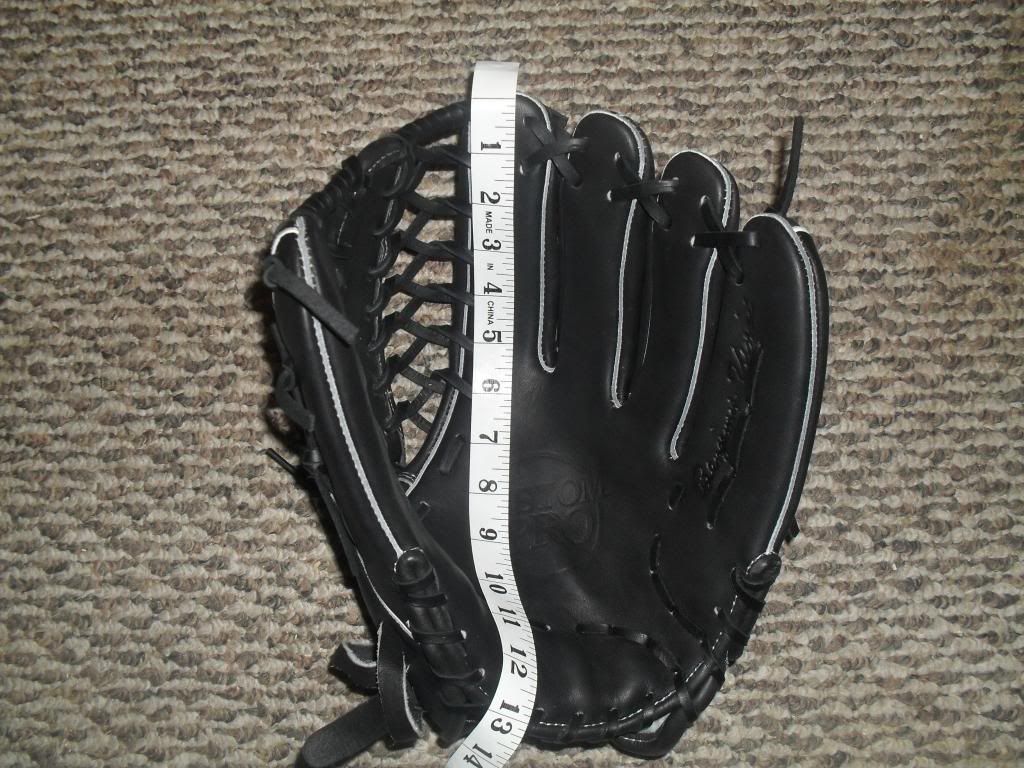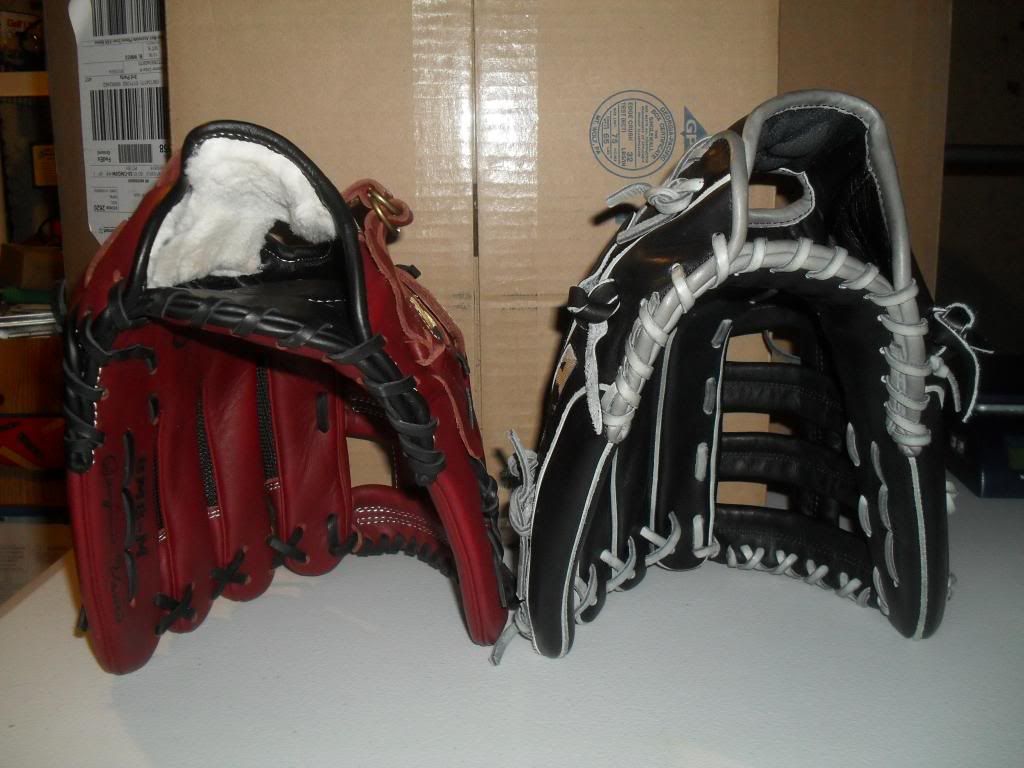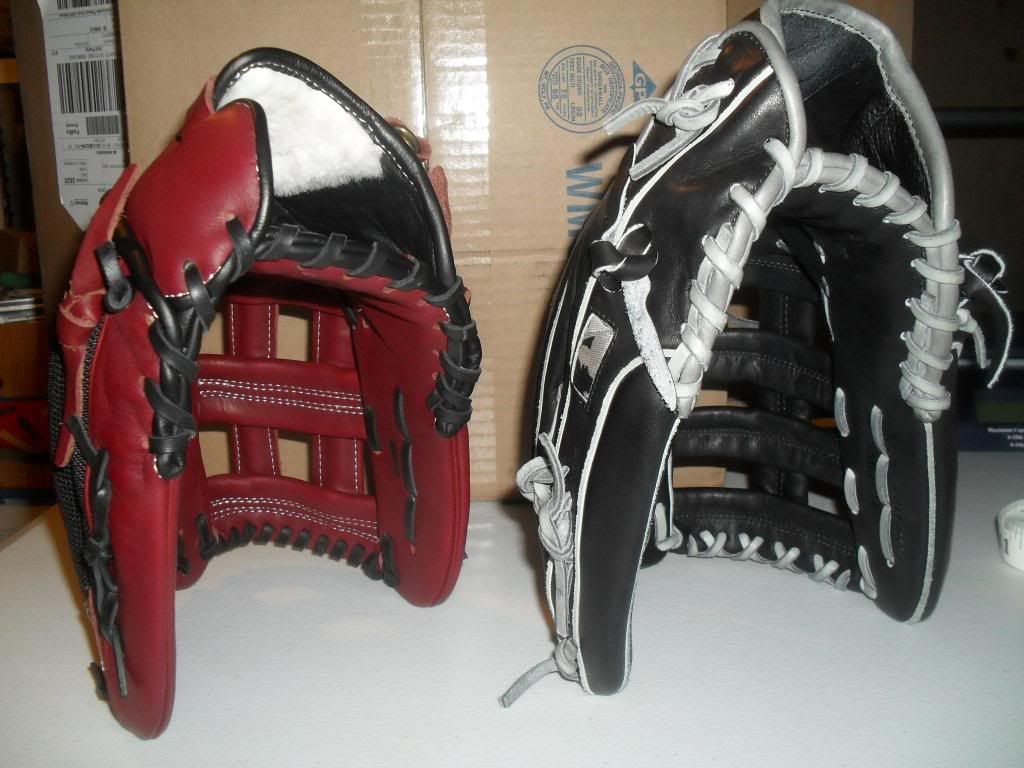Rous
Addicted to Softballfans
From the Glovesmith web site:
"Start at the top of the index finger and using a flexible tape measure go down the finger across the palm keeping the tape along the contour of the glove until you get to the bottom of the heel. Note: The tape measure must be touching the glove at all times to get a good measurement. It is best to go down a couple inches at a time keeping the tape against the glove with you finger. Both fielder gloves and first base mitts are measured using this method.
Catcher’s mitts are measured using a flexible tape measure around the mitt’s circumference."
For example...


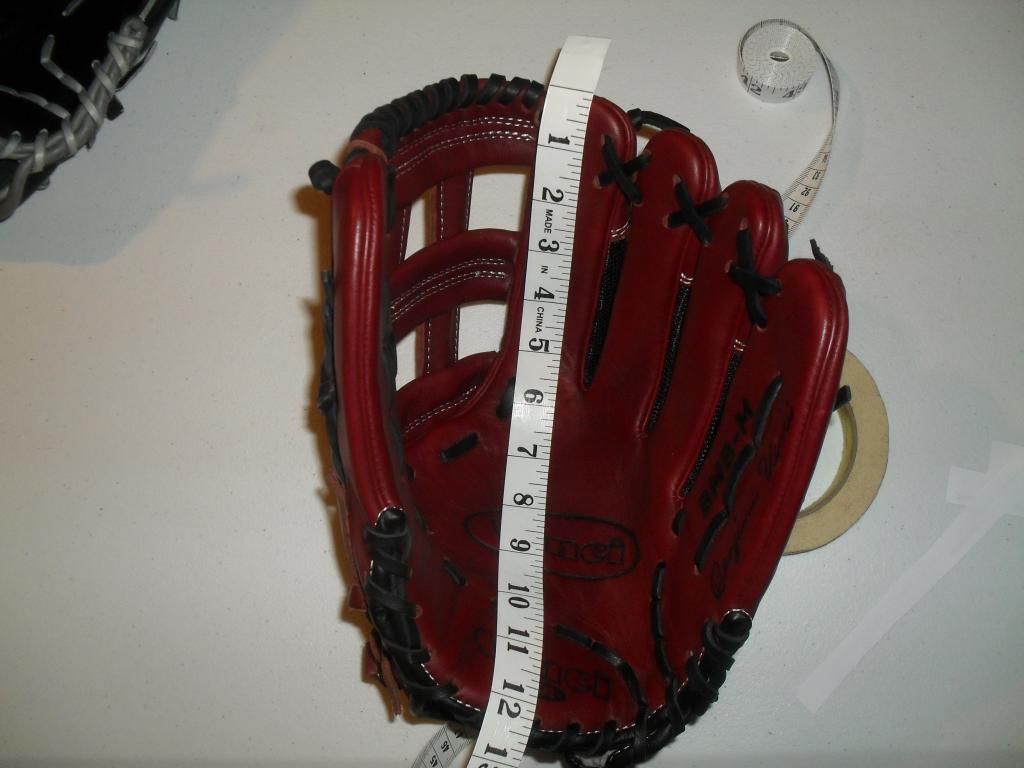
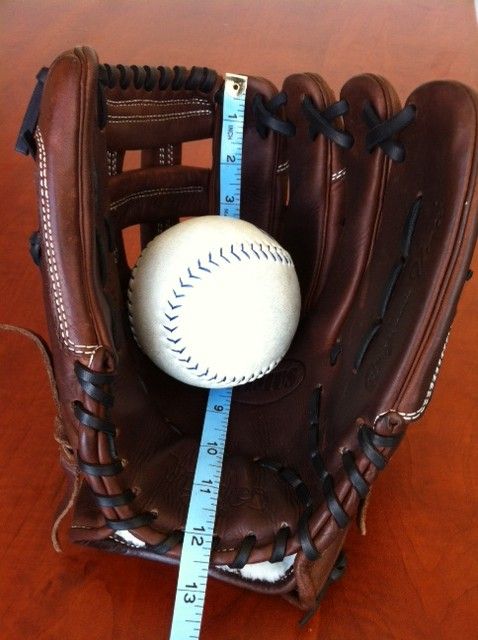

Admittedly, once a glove starts to break in, the index finger and thumb will start to face each other more, meaning the tape will try to come down the finger, across the pocket, and up the thumb. Rather than giving up, try angling the tape from the index finger tip towards the base of the middle finger and across to the thumb side of the heel.
"Start at the top of the index finger and using a flexible tape measure go down the finger across the palm keeping the tape along the contour of the glove until you get to the bottom of the heel. Note: The tape measure must be touching the glove at all times to get a good measurement. It is best to go down a couple inches at a time keeping the tape against the glove with you finger. Both fielder gloves and first base mitts are measured using this method.
Catcher’s mitts are measured using a flexible tape measure around the mitt’s circumference."
For example...





Admittedly, once a glove starts to break in, the index finger and thumb will start to face each other more, meaning the tape will try to come down the finger, across the pocket, and up the thumb. Rather than giving up, try angling the tape from the index finger tip towards the base of the middle finger and across to the thumb side of the heel.
Last edited:



